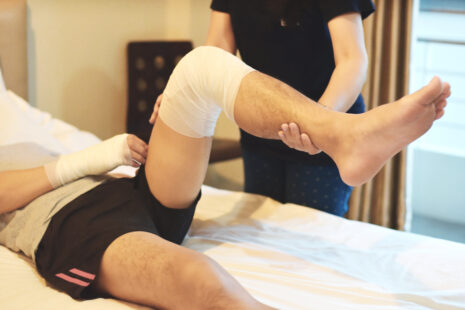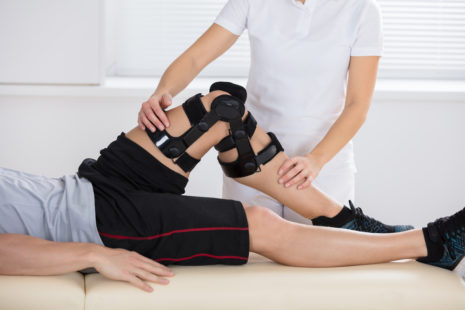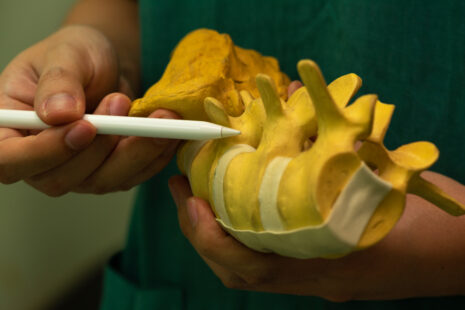Physical therapy plays a crucial role in the treatment and recovery of a pulled-back muscle, also known as a muscle strain. This common injury can result from overuse, improper lifting, sudden movements, or an accident. Physical therapy aims to alleviate pain, promote healing, restore function, and prevent recurrence through a personalized treatment plan.
Here’s how physical therapy can help…
Alleviating Pain
- Cold and Heat Therapy – Physical therapists often begin treatment with cold packs to reduce inflammation and heat therapy to relax tight muscles, both of which can help alleviate pain.
- Electrical Stimulation – Techniques like TENS (transcutaneous electrical nerve stimulation) can provide temporary pain relief by blocking pain signals sent to the brain.
Promoting Healing
- Therapeutic Exercises – Once acute pain is managed, specific exercises tailored to your condition can help strengthen the muscles around the injured area, supporting healing and preventing further injury.
- Manual Therapy – Hands-on techniques such as massage and mobilization can improve blood flow to the affected area, promoting healing and increasing flexibility.
Restoring Function
- Stretching Exercises – Gentle stretching can improve flexibility and range of motion, helping to restore function to the injured muscle.
- Functional Training – Physical therapists may incorporate functional training into the rehabilitation process, focusing on movements you perform in daily life or specific sports to ensure you can return to your usual activities safely.
Preventing Future Injuries
- Education – A significant component of physical therapy is educating patients on proper body mechanics, posture, and lifting techniques to prevent future back injuries.
- Conditioning – Building up the strength and endurance of back muscles through a guided exercise program can make them more resilient and less susceptible to future strains.
Creating a Personalized Treatment Plan
- Assessment – Your physical therapist will conduct a thorough assessment, including a review of your medical history and a physical examination, to create a personalized treatment plan.
- Progress Monitoring – The plan is regularly adjusted based on your progress, to steadily increase your activity level without exacerbating the injury.
Physical therapy is an effective treatment for a pulled back muscle, providing pain relief, promoting healing, and restoring function while minimizing the risk of future injuries. By combining therapeutic exercises, manual therapy, and education, physical therapists guide patients through a recovery process tailored to their specific needs. If you’re suffering from a pulled back muscle, consulting with a physical therapist can be a critical step toward regaining your strength and mobility, and returning to your daily activities.




